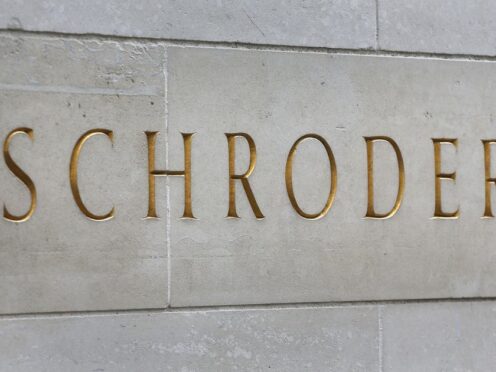Long held stereotypes about call centres are deterring skilled workers and putting one of the UK’s largest industries, and opportunities for talent development and career enhancement at risk, according to a new report.
The report, commissioned by outsourced contact centre specialists Kura in partnership with Ember Services, claims there is a “chasm” between perception and reality within the contact centre industry.
It is widely believed that the role of people within contact centres will increasingly become one of problem-solving: dealing with more complex enquiries and transactions, responding to complaints, resolving issues with payments or delivery of mixed messages across channels.
This view is supported by a recent survey of contact centre professionals which found 42% of contact centres are now focused on more complex interactions.
This is in direct conflict with the external perception of this industry – low skilled work with a high churn rate.
According to Ember, the key driver for developing adviser skills is whether the interaction requires the human qualities of imagination, creativity, and conscience.
While automation has already achieved vast amounts, these qualities have not yet been successfully programmed and there are no signs of that changing.
This means that the need for recruiting and training dedicated and talented service staff is greater than ever.
Brian Bannatyne, CEO of Kura said: “The public’s perception of the call centre is not great but I think today this is somewhat misplaced. The days of the “battery hen with a headset” are largely behind us although some are still trying their best to cling onto this unfortunate image. Automation of so many basic tasks and the availability of new channels means that contact centre advisers are increasingly dealing with issues requiring creativity, judgement, and technical skills.
“Building a great culture is the key to retention. In contact centres where people can build careers and take on responsibility, satisfaction is higher. Giving people a purpose and helping them to develop their skills are the keys to engagement and customer satisfaction.”
The report also highlights the importance of valuing people and their opinions.










